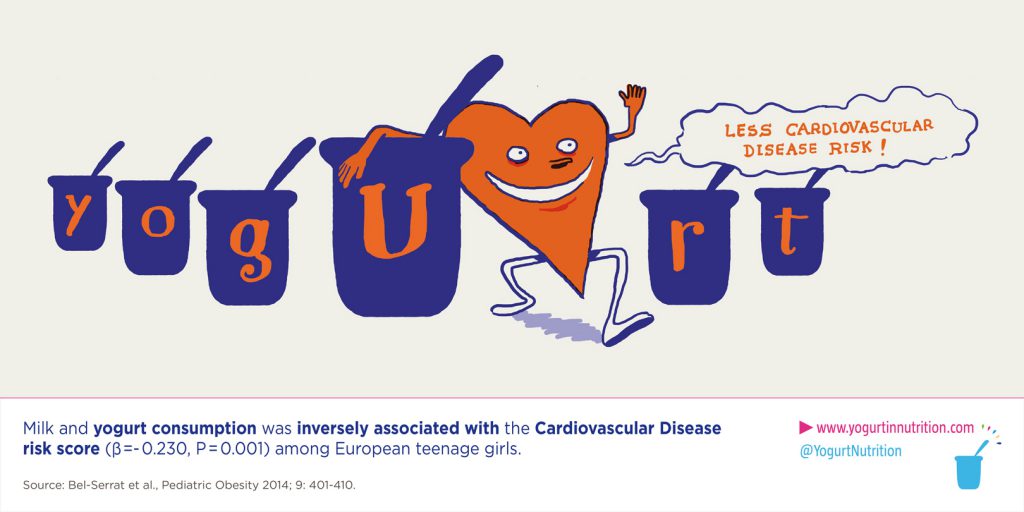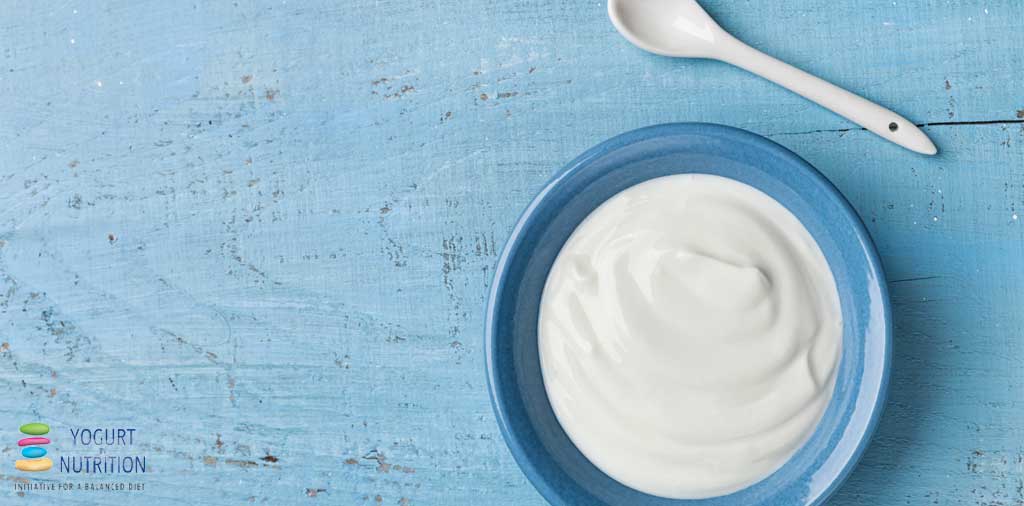Dairy foods are high in saturated fats and yet may have a protective effect against cardiovascular diseases.
In the EU, 49 million people are living with cardiovascular diseases (CVD), which remains a major cause for concern. Dietary guidelines targeting CVD risks have tended to restrict the intake of saturated fats because of their association with raised blood cholesterol and some proposals have advised restricting dairy foods as, major sources of saturated fats. However, recent studies (1,2) indicate that such an approach would be over-simplistic.
Evidence suggests dairy does not raise CVD risk
Despite their high saturated fatty acids (SFA) content, dairy foods have repeatedly been found to have either no effect, or a beneficial effect on Cardiovascular diseases risk(1). Meta-analyses of prospective studies show that drinking milk does not increase the relative risk of coronary heart disease compared with low milk consumption. Other meta-analyses have shown no increase in CVD risk – and a fall in risk of stroke – per unit increase in milk and cheese consumption. Furthermore, yogurt consumption has been associated with a reduced risk of type 2 diabetes.
The health benefits of the whole dairy matrix may offset the risks of cardiovascular diseases
The lack of increased risk of cardiovascular diseases among high dairy consumers may be due to the protective properties of other components that counter-balance the effects of SFAs. The health effect of a food may depend less on the individual effects of its nutrients and more on the overall effect of the food as a whole matrix.
Milk and dairy products are rich in micronutrients and proteins, such as whey protein, which have been shown to lower blood pressure. Milk proteins may also have a beneficial effects on blood lipids, although further research is needed to confirm this. Research has also suggest that dairy product consumption does not increase arterial stiffness, an important predictor of CVD events.
The dairy matrix may have specific beneficial effects. Different types of dairy seem to be linked to various health effects while different processing methods may enhance interactions in the dairy matrix and so alter the metabolic effects. Hence, in a crossover study, cheese did not lower total cholesterol or LDL-c relative to baseline, whereas butter increased both.
What about the effects of full-fat yogurt?
Yogurt is a nutrient-dense food within the dairy group and is fermented, bringing live culture bacteria. Yogurt contains several bioactive fats(2): Medium-chain fatty acids (MCFAs) in yogurt are a source of rapid energy and not likely to be deposited as fat in the body. MCFAs have been associated with anti-diabetes effects, including improved glucose tolerance, protection against insulin resistance and preserved insulin action. Conjugated linoleic acid (CLA) has been linked with anti-obesity effects, and improved metabolic parameters associated with type 2 diabetes.

It is also likely that the calcium, protein, bioactive nutrients and live cultures contained in yogurt are responsible for its beneficial effects of yogurt on CMD risk. However, further research is needed to discover the individual roles of these nutrients and how they work together in the food matrix.




